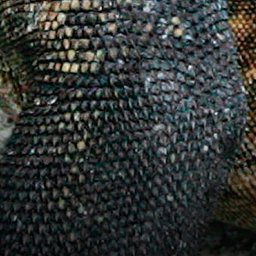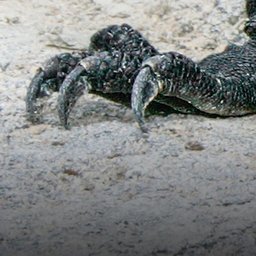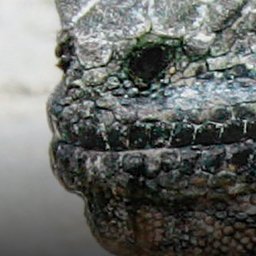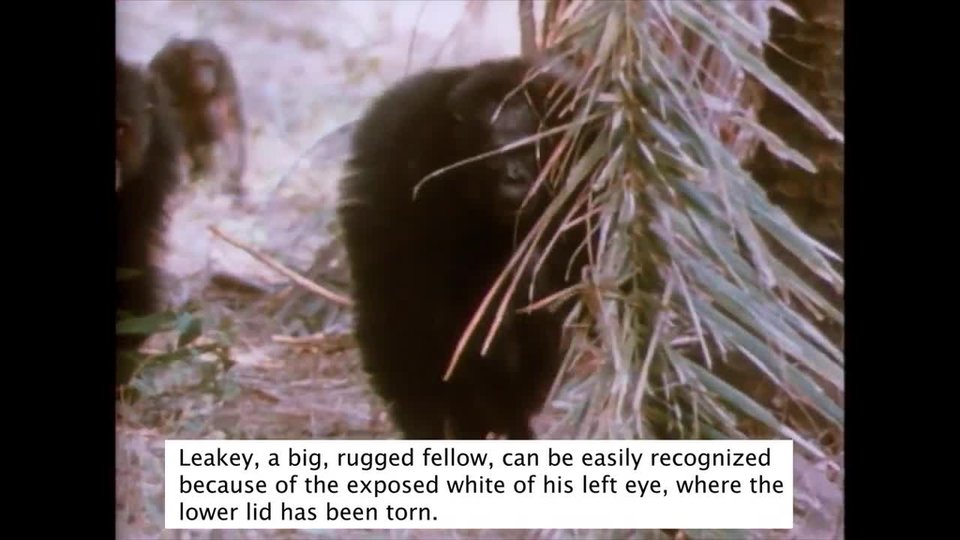“Theiguanasaresmall,andofasootyblack,which,ifpossible,heightenstheirnativeugliness.Indeed,sodisgustingistheirappearance,thatnooneonboardcouldbeprevailedupontotakethemas food.”
—CaptainJames
ColnettoftheBritishRoyalNavy,1798

Whiletheiguanaswims,backspinesbalanceits body.
Partiallywebbedfeethelpit swim.
Marineiguanasmadeabigimpactonsomeoftheislands’earliestvisitors.WhennaturalistCharlesDarwinfirstseteyesonthemyearsafterCaptainColnett,hefoundthemunappealingaswell.Hedescribedthemas“impsofdarkness.”Marineiguanasmaylookawkwardonland,buttheyrulethewater.Theydivetogreatdepthstograzeonbedsof algae.
Thesearetheonlylizardsintheworldthatcanliveandforageatsea.TheyareendemictotheGalápagosIslands.Scientistsbelievethattheyaredescendedfromlandiguanasthatfloatedouttotheislandsfromthecontinentonlogsor vegetation.
SaltySneezes
Marineiguanasswallowseawaterwiththeirfood.Thentheyneedtogetridofsaltfromtheirsystems.Thesaltgetsfilteredfromtheirblood.Itisthenexcretedbyspecialglandsintheirnoses.Thesaltleavestheirbodieswhenthey sneeze!
Heat‑SeekingLizard
Marineiguanascannotregulatetheirbodytemperatures.Theymustrelyonanexternalsource,likethesun,todoitforthem.Ifyoureadlastmonth’seditionofExplorer magazine,you’llknowwhatthewordforthisis:ectotherm—acold‑blooded animal.
Marineiguanaswillloseanaverageof10degreesofheatinthecoldwater.So,beforetheydivein,theytrytosoakupenoughheattoraisetheirbody temperatures.





